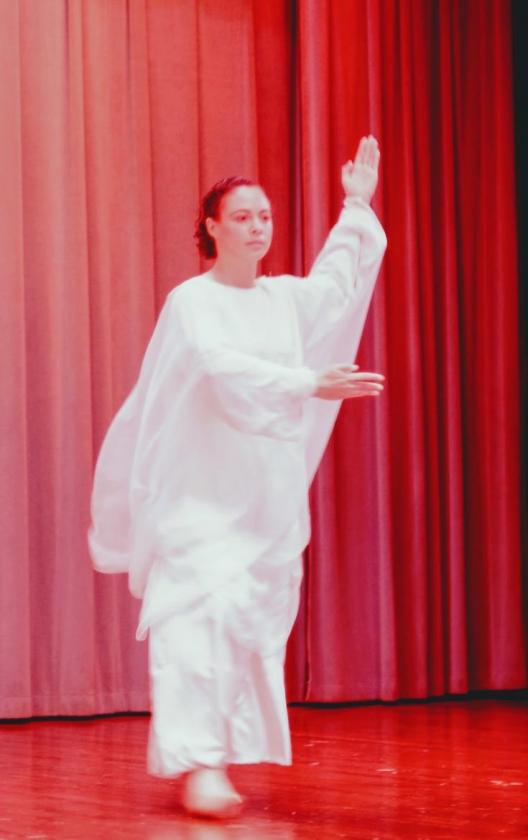Black History Month Blog Series
As part of our school-wide honoring of Black History Month, throughout the month of February we will be highlighting some of our spectacular Black and African American faculty and staff. Today, we talk with the superb Ms. Sudip Saunders - WSB Eurythmy teacher, movement artist, painter, muralist, friend, daughter, wife and all around exceptional human.
How has your background/influences brought you to this position, and what drew you to Eurythmy ?
When I was twelve my whole family took up Tai Chi. In my late 20’s my mom, who by then was teaching Tai Chi, was employed by a local Waldorf School to instruct their eighth grade. My mother caught the eye of their Eurythmy teacher, who encouraged her to consider taking up the movement art for herself. As my mom and I are incredibly close and very much alike, she passed that recommendation down to me. I have always been an artist, and this form of art intrigued me. After I took a public course and saw many performances, it felt a good fit, like movement, painting and music combined. Harmonious. I began my teaching career in Wisconsin as a visiting block teacher at various Waldorf Schools and moved to Baltimore in 2018 to take up my current role teaching Eurythmy to K-8.
How would you describe Eurythmy to a parent who has perhaps heard of it but is not exactly sure what it is?
Eurythmy is a unique form of movement art that was established out of a mentorship relationship between Rudolf Steiner (the founder of Waldorf Education) and Lory Maier-Smits. It is often described as visible speech and visible movement. Eurythmy uses the human body to imitate the sounds of poetry and music. It can be utilized to engage young children more deeply into fairy tales, or, as they get older and their development changes it can engage their natural curiosity into how language and music work within us.
What is a moment in Black history that influenced or shaped your career/life or that particularly resonates with you? What does Black History Month mean to you?
My grandmother would take me to the Roxbury Film Festival [the renowned New England festival that supports independent filmmakers of color and showcases diverse experiences of people of color]. When I was eleven, I remember her taking me to see Daughters of the Dust and, though we didn’t talk about it, it had a profound impact on me. Soon after that experience the LA riots occurred, and I had an epiphany; I understood there was a profound misunderstanding of the Black culture – my culture. Black History month to me is a beacon to shine light on Black and African American history and heritage and, hopefully, functions to dissolve some of those misunderstandings.
Who is an inspirational Black historical figure who inspires you and why?
First and foremost my family. I have no words to describe how important my family is to me. Culturally, Wangari Maathai [who received the Nobel Peace Prize in 2004 for her efforts to lead women in a nonviolent struggle to bring peace and democracy to Africa through its reforestation. Her organization planted over thirty million trees in thirty years] is a huge inspiration, as is Toni Morrison whose books I grew up with as a child. And of course, Michelle Obama. I could go on – African American inspirations are everywhere.
Interested in learning more about the Waldorf School of Baltimore's holistic and joyful approach to education, Eurythmy, and our teachers? Head to www.waldorfschoolofbaltimore.org home page and inquire today.

